Easy Philodendron Plant Care: A Beginner’s Guide
Philodendrons are among the most versatile and low-maintenance houseplants around. Learn the essentials for growing healthy philodendron – from ideal potting and lighting needs to the best methods for propagating these leafy beauties.
Philodendron are a popular choice for beginner and experienced plant owners alike. With their trailing vines and lush foliage, these tropical beauties add a much-needed dose of greenery to any indoor space. Even better – philodendrons are incredibly easy to care for.While they may appear exotic, philodendrons actually make great starter plants for those new to houseplant ownership. As long as you get the basics down, these leafy tropicals are extremely resilient and forgiving.
In this guide, we’ll cover everything you need to know about caring for philodendrons – from optimal potting and lighting to tips for maintaining their lush, trailing growth. With a few simple steps, you’ll be well on your way to enjoying these low-maintenance houseplants for years to come.
here’s a short information chart about the Philodendron plant:
| Attribute | Information |
|---|---|
| Botanical Name | Philodendron spp. |
| Common Name | Philodendron |
| Plant Type | Tropical Perennial |
| Zones | Typically Zones 10-11 |
| Sun Exposure | Indirect Sunlight |
| Soil Type | Well-draining, Moist |
| Watering | Moderate to Regular |
| Growth Habit | Vine or Upright |
| Height/Spread | Varies, Typically 1-10 feet tall/spread |
| Special Features | Air Purifier, Low Maintenance |
About Philodendrons
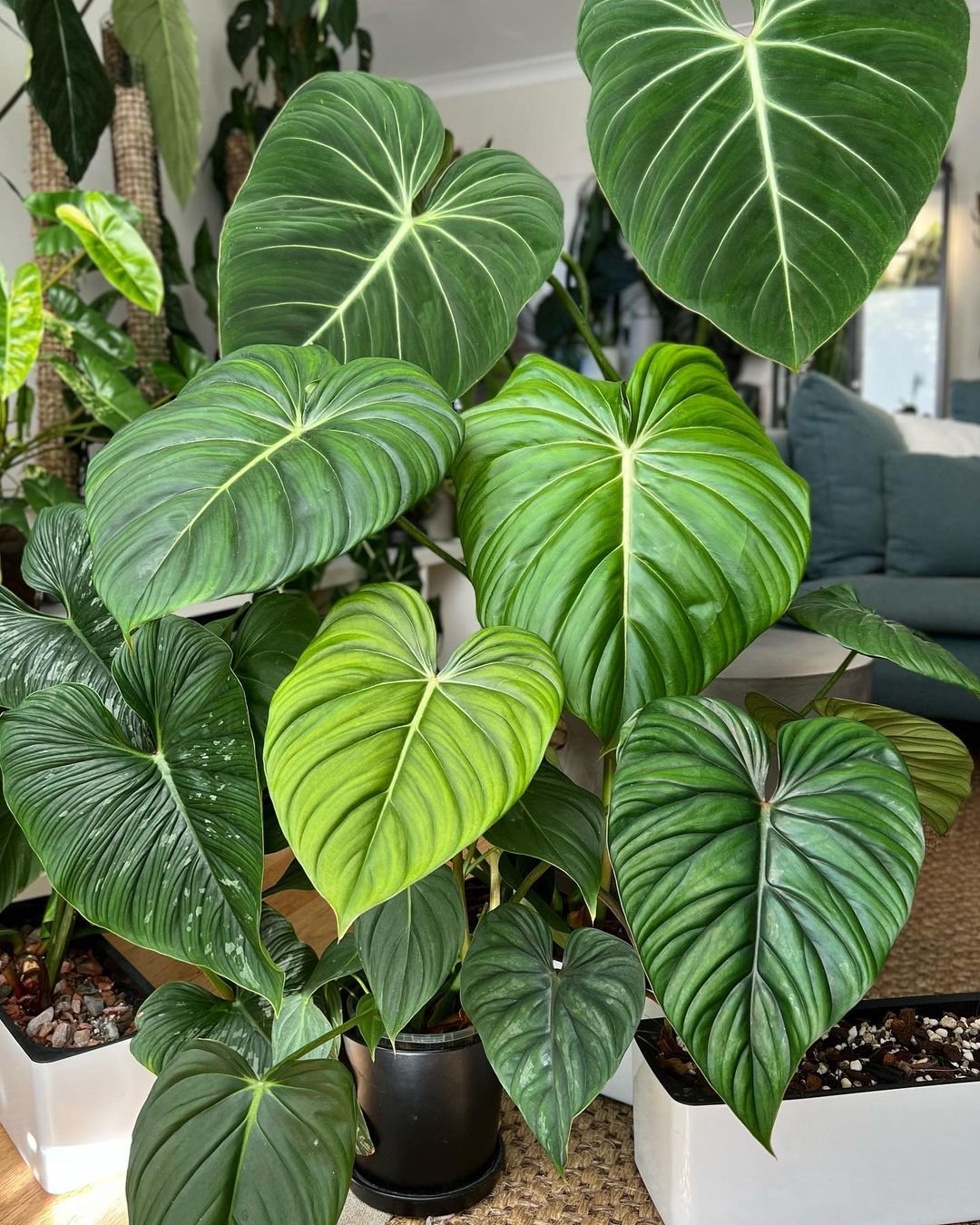
When most people think of philodendron, they picture the popular heart-leaf varieties with their signature trailing vines. But there are hundreds of different philodendron species that come in all shapes and sizes.
Most types of philodendrons are climbing vines with large, fleshy leaves that unroll as they grow. But you’ll also find compact, bushy philodendron varieties perfect for tabletops or desks.
No matter the specific variety, philodendrons share some key traits that make them such easy houseplants to grow:
- Lush, tropical foliage with thick, waxy leaves
- Trailing or climbing growth habits
- Basic plant care needs
- Minimal pruning required
- Versatility for growing indoors or out
While philodendrons make excellent floor plants in homes and offices, they can also be pruned and trained to climb trellises, walls, or other surfaces. Their trailing vines add beautiful greenery to almost any setup.
Choosing the Right Philodendron
When selecting a philodendron variety, consider your indoor environment and available space. Some popular choices include:
- Heart-Leaf Philodendron: A classic trailing vine with large, glossy heart-shaped leaves.
- Velvet Philodendron: Velvety emerald leaves with reddish undersides.
- Lemon-Lime Philodendron: Small, bright lime green leaves that stay compact.
- Watermelon Philodendron: Stiff, watermelon-shaped green leaves.
No matter which type you choose, your philodendron will likely grow into a dense, leafy plant that can reach several feet in length when left to trail.
Potting and Lighting Needs
As tropical plants, philodendron need specific potting and lighting conditions to truly thrive:
Potting Mix
A well-draining mix that allows the soil to dry out slightly between waterings. Most potting mixes for other tropicals (like a peat/perlite blend) will work.
Pot Size
Philodendrons should be planted in a pot no larger than 1-2 inches wider than the plant itself. Smaller pots with good drainage are better than oversized containers.
Lighting
Bright, indirect light is best – too much direct sun can scorch the leaves. An east or west-facing window works well. Some direct sun is OK if acclimated first.
Sunlight Exposure
Aim for at least 6 hours of bright, filtered sunlight per day for optimal growth. Philodendrons can handle medium lighting but will grow slower.
Setting your philodendron up with the proper potting, pot size and lighting conditions is the key to keeping its lush, trailing growth thriving.
Basic Philodendron Care
With the right environment, caring for your philodendron is simple. The basics include:
Watering
Philodendrons need their soil to dry out slightly between waterings, about halfway down the pot. Water thoroughly when the top 2-3 inches are dry.
Fertilizing
Feed with a balanced liquid fertilizer monthly during spring and summer when the plant is actively growing.
Temperature
Philodendrons prefer normal room temperatures between 65-80°F. They can tolerate some heat, but avoid cold drafts.
Humidity
Average household humidity is fine, but philodendrons will appreciate a light misting or pebble tray if the air gets very dry.
Pruning
Little pruning is needed beyond occasionally trimming off old, yellow leaves or overgrown vines. Prune in spring/summer.
Pests
Check periodically for common houseplant pests like mealybugs and spider mites, treating as needed with insecticidal soap or neem oil.
Overall, philodendrons are quite hardy indoors and adaptable to a range of home conditions with just some basic care – making them an excellent pick for busy beginners.
Properly Potting Your Philodendron
Potting is an important part of keeping your philodendron healthy and lush. Here are some key tips:
Pot Size
Opt for pots that are only 1-2 inches wider than the plant itself. Too large of containers can lead to overly wet soil and potential root issues.
Potting Mix
A light, well-draining potting mix is ideal for philodendrons. Add perlite or orchid bark to create good aeration.
Re-Potting
Re-pot every 2-3 years in the spring using a fresh potting mix and a size up in pot width. This will rejuvenate the plant’s dense growth.
Potting Routine
Use a consistent potting routine each spring to encourage new, natural growth:
- Add 1-2 inches of fresh potting mix to the bottom of a larger pot
- Remove the existing plant gently from its old pot
- Prune any circled, tangled roots from the bottom
- Re-plant at the same level in the new pot and fill in around the base with more potting mix
With the right potting mix and routine, your philodendron’s growth should flourish for years to come.
Maintaining Your Philodendron
In addition to proper potting and watering, some simple maintenance goes a long way in keeping your philodendron looking its lush, trailing best.
Staking
Provide a tall stake or trellis for climbing growth as the vines trail. This prevents tangling and creates an elegant, cascading effect.
Pruning
Trim off any dying or unsightly growth in spring using sanitized pruners. This will stimulate more dense, vigorous growth.
Training
You can train new vining growth to climb a stake by gently attaching it. Over time, it will climb upwards naturally.
Propagating
Philodendron stem cuttings can easily be rooted in water to make new trailing vines. Simply place a cut stem in water and watch for roots to appear.
With these basic methods, your philodendron should reward you with lush, cascading greenery for years to come.
Troubleshooting Common Issues
If your philodendron starts showing signs of trouble like yellowing or stunted growth, you’ll need to investigate further:
Yellow Leaves: Usually caused by too much direct sun exposure or nutrient deficiency
- Solution: Move to shadier spot or feed with diluted liquid fertilizer
Brown, Crispy Leaves: Commonly a sign of underwatering or dry air
- Solution: Increase watering and use a humidity tray if needed
Wilting: Caused by overwatering, saturated soil, or improper drainage
- Solution: Let the soil dry down and ensure adequate drainage
No Growth: If you see no new leaves or vines, increase light levels, fertilizer, and water slightly
With some simple troubleshooting and adjustment, your trailing philodendron should bounce right back and resume its healthy growth.
Indoor Trailing Habits
Once you have your philodendron established and trailing new growth, you may want to train it to create different indoor trailing habits:
Cascading Habit: Allow the vines to trail naturally over the sides of the

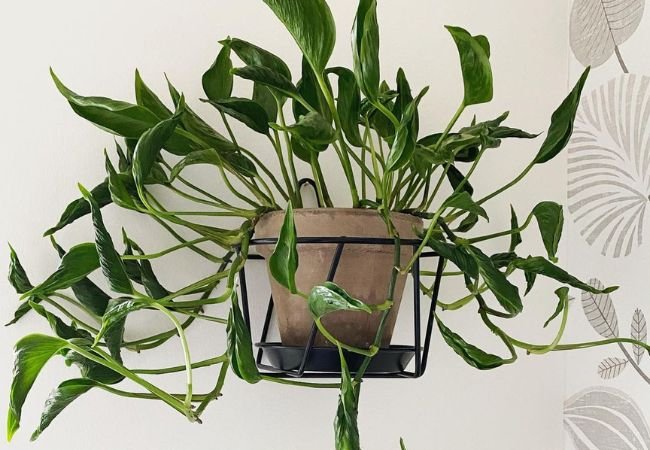
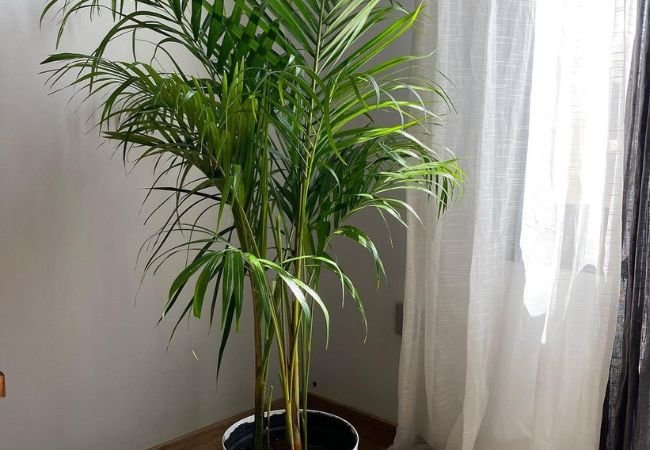
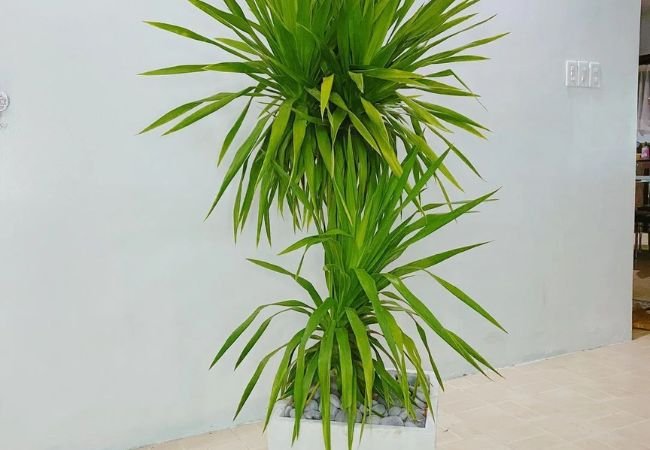

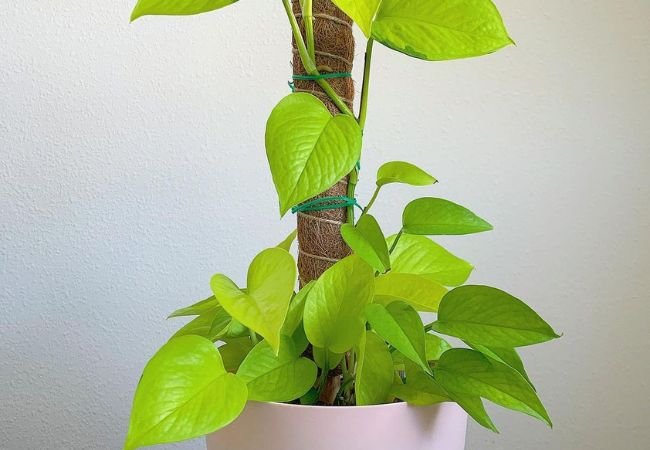
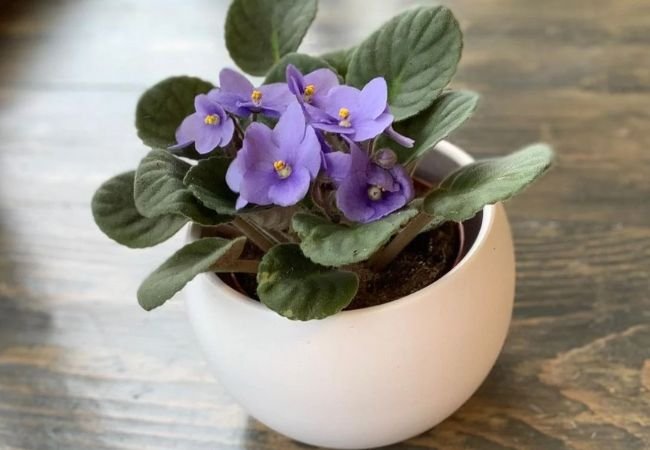
3 Comments